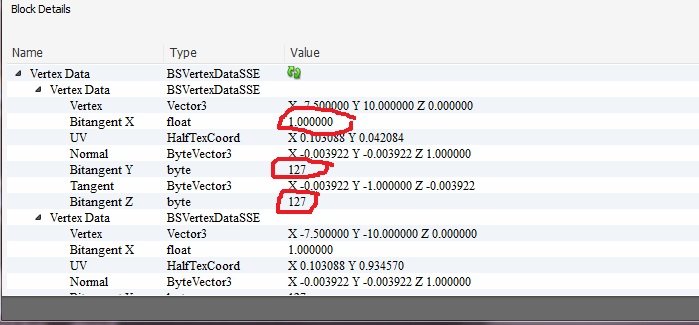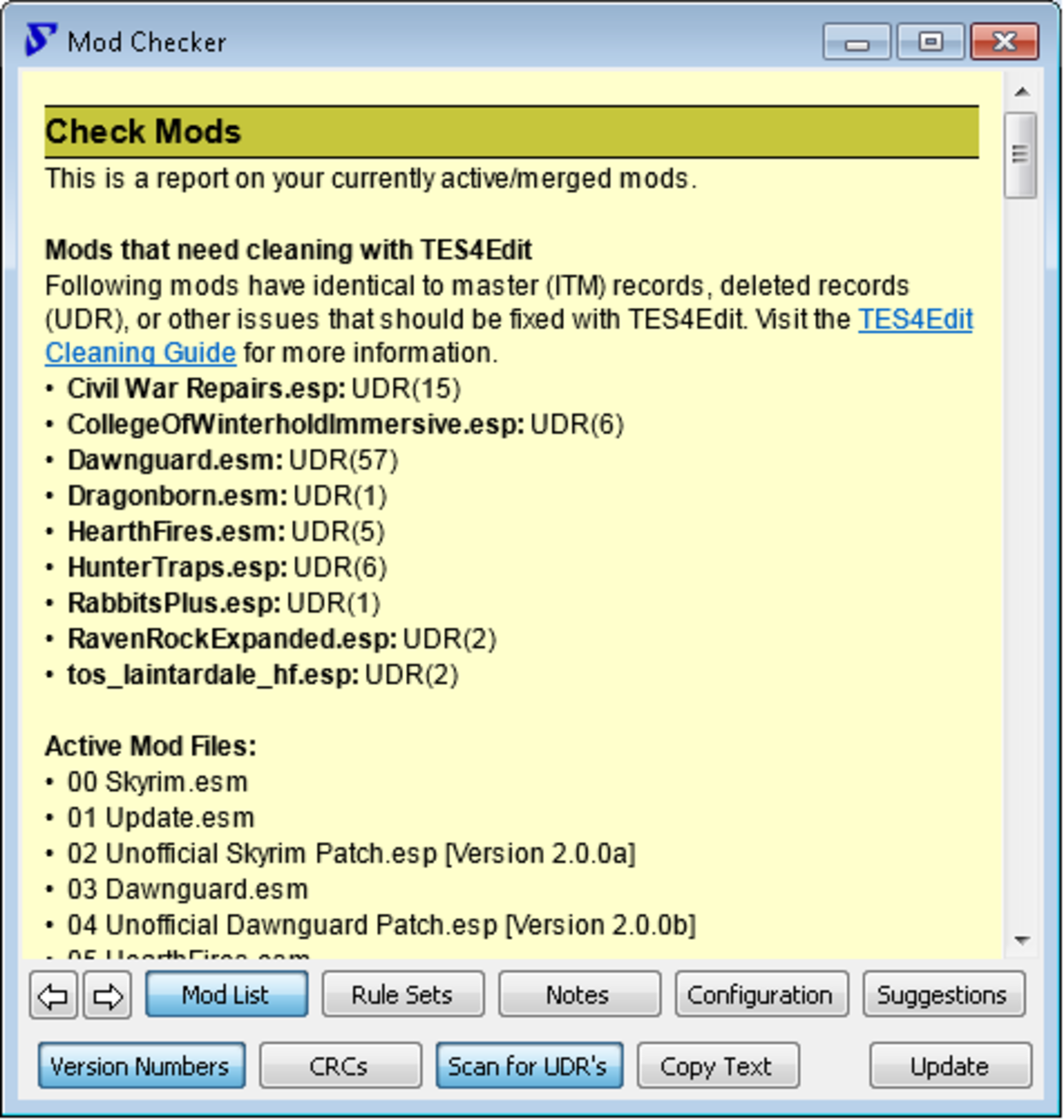

- HOW TO USE TES5EDIT CONVERT TO AN ESM HOW TO
- HOW TO USE TES5EDIT CONVERT TO AN ESM CODE
- HOW TO USE TES5EDIT CONVERT TO AN ESM DOWNLOAD
How to get unicode convert to preeti online Our Unicode to Preeti Converter is secure and reliable compared to a thousand other converters you find online.
HOW TO USE TES5EDIT CONVERT TO AN ESM DOWNLOAD
The font is free on the internet, and you can download it quickly as it has low space weight.

Is there a free font to convert to Preeti? Users first type in Preeti Letters, then copy those texts and then use Preeti to Unicode converter tool to convert them in Unicode text. Generally, users follow the long process to type in Unicode Preeti Font. You can use Unicode type in Preeti Font because it is easy to write in Nepali Unicode on the browser. Unicode to Preeti Converter converts Nepali Unicode to Preeti font - This Unicode to Preeti converter converts Nepali Unicode font to traditional Nepali font in Preeti. Is there a Unicode to Preeti converter for Nepali?

Module.exports = require("./hi-web.mjs").default
HOW TO USE TES5EDIT CONVERT TO AN ESM CODE
Take a look at how we import this file to our start script: // runner.js code That’s no big news once we’ve seen that we can perfectly import mjs files from another one. Note that, here, we’re making use of the previous mjs file that hosts the sayHi() function. If you’ve ever used React or Vue.js, you’ve probably seen something like this: import React, )) Īpp.listen(8080, () => console.log("Hello ESM with esm !!")) If you’re a beginner in ES modules, let’s take a closer look at how to use them. We’ll create a couple examples to give you a closer look at how you can migrate your codebase to make use of the power of ESM. In this article, we’ll explore how far this journey of supporting both worlds has come in the Node.js universe. When it comes to tools like Babel and webpack, the load is also taken by a synchronous process, so considering their isomorphic natures for allowing applications in both browsers and server sides to run without native support, we’ll have some issues. It shouldn’t really be a problem, except for one important fact: ESM is asynchronously loaded, while CommonJS is synchronous. ECMAScript modules (ES modules or ESM, for short), on the other hand, are a relatively recent addition to the JavaScript language specification and are seeking to unify and standardize how modules are loaded in JavaScript applications.Īnd that’s the first problem of using ES modules along with Node: CommonJS is already a module system, and ESM has to find the best way to live alongside of it. What are ECMAScript modules (ESM)?ĬommonJS modules, though ubiquitous thanks to Node.js, are not officially part of the JavaScript language specification.

Today, thanks to CommonJS, we have JavaScript in server-side applications, command line tools, desktop GUI-based and hybrid applications (Titanium, Adobe AIR, etc.), and more.īy all means, every time you use a require(), you’re in fact using the implementation of CommonJS modules, which comes within Node.js by default. Its key to success is actually due to its API, which brought to the table a rich standard library similar to those we had for other languages like Python, Java, etc. And those, of course, had to include the backend universe. Since 2009, right after Kevin Dangoor started the CommonJS project, a new discussion began about how JavaScript would better fit the process of building applications not only to run in web browsers, but amplifying its powers to a wider and broader range of possibilities. Creator of Using ECMAScript modules (ESM) with Node.jsĮditor’s Note: This post was updated in April 2021 to include updated and relevant information on ES modules.


 0 kommentar(er)
0 kommentar(er)
